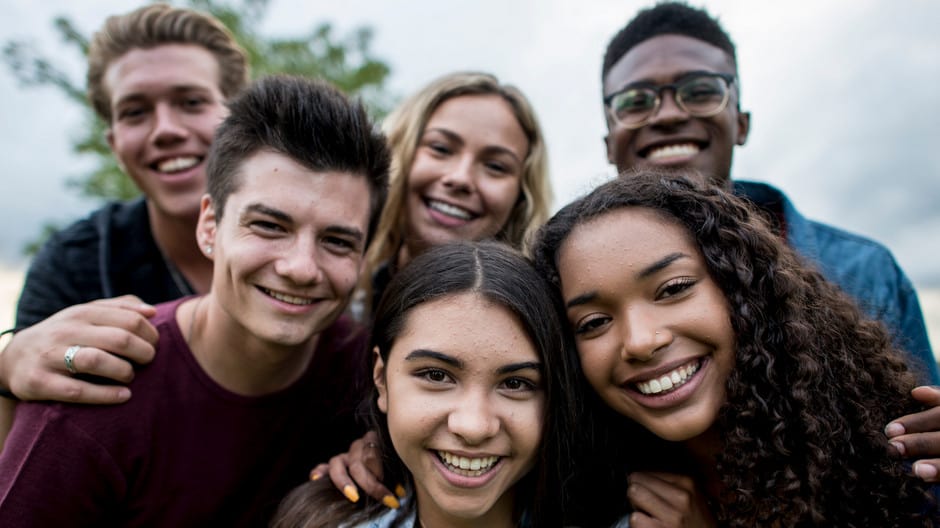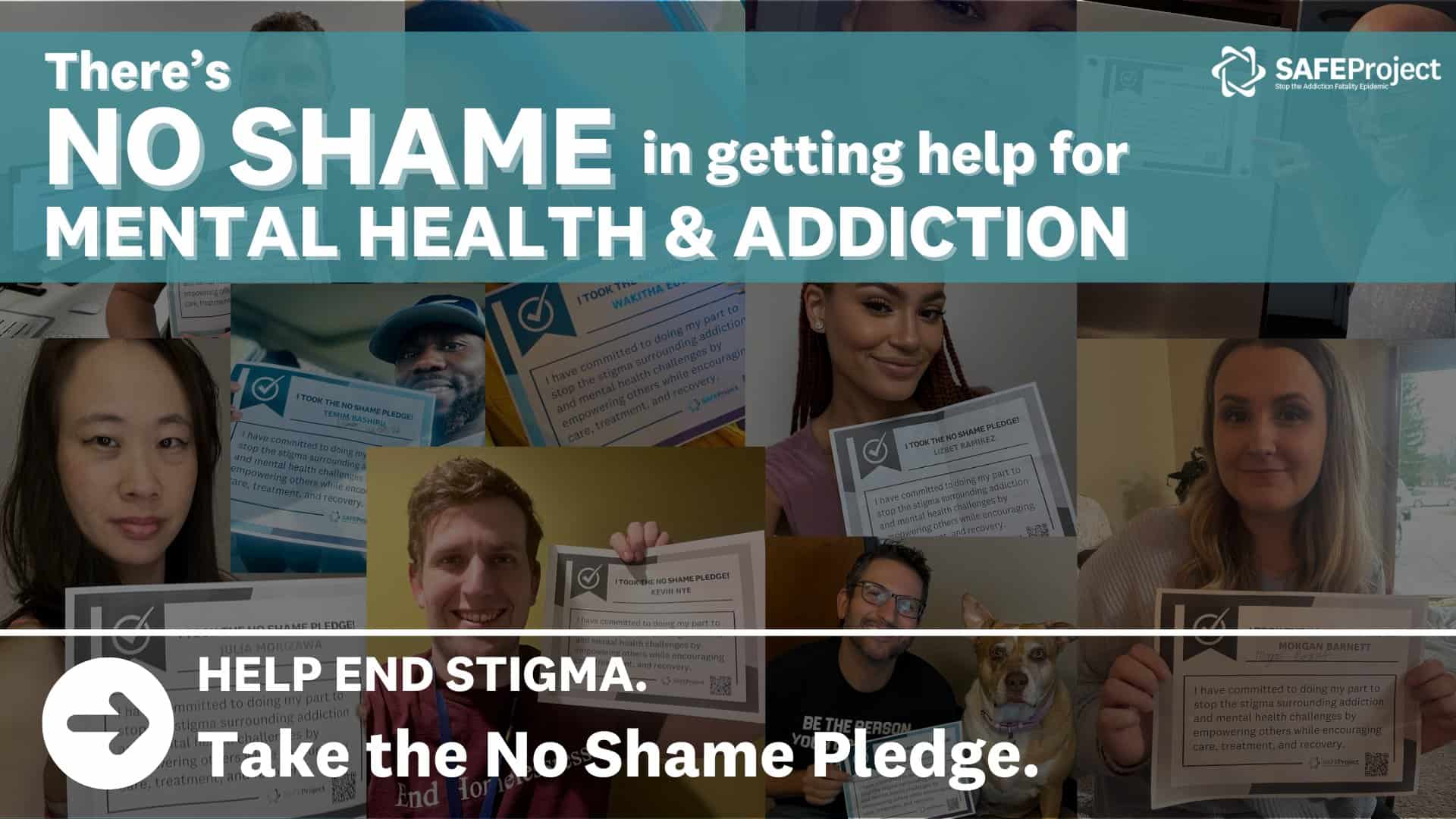Children’s Authors and Illustrators Week is celebrated the entire month of February here at SAFE Project! Our first interview for 2024 is with Matt Bellace, author of A Better High and Life is Disappointing… and Other Inspiring Thoughts:


Matt and SAFE Project
I learned about SAFE Project at the Pennsylvania SADD conference. They have two conferences — one on the eastern side of the state, one on the western — and it was out west. I was milling around before my keynote presentation, and I think I saw the No Shame Pledge on a table somewhere. I was impressed, because in my long career of prevention speaking, I’ve certainly seen a lot of pledges that students are given. This one felt certainly more modern and important, in the language about how addiction is a disease, but also discussing mental health in there, too. It just hit me as something authentic and relevant for the times. For the first time in a long time, I thought, well, this pledge is important, and I want to talk about this.
Societal stigmatization of substance use disorder
Society carries stigma towards certain disorders… and addiction is a prime one where a lot of people believe, well, it’s your free will, you’re choosing to do this. The neuroscience is pretty clear that when people initiate use, it may be of their free will. They want to experiment. They’re looking for excitement. Whatever it is, there are many factors that can lead people to experiment. At some point in that process, though, it crosses over. We’re not exactly sure when, but at some point, your neurochemistry directs your brain to seek out more of this drug, and free will doesn’t enter into the picture as much. It’s not to say you can’t decide to stop, but many people who are dependent report this feeling of, “I didn’t even really think about it. I was triggered by something, and next thing you know, I’m in search of the substance and then using it, and it was like I had almost no conscious thought about. It was like a program that I was on, almost on autopilot.”
I don’t think that the general society appreciates that, and so the stigma lingers of, “well, you can choose not to do this whenever you want”… but it’s not as clear as that.
The differences between adult and youth brains
The youth brain is vulnerable to not only experimenting with substances — the excitement of that, the social pressures of it — but also the addiction piece of it, with their frontal lobe. They lack the sort of braking system that might say, “This isn’t a great idea. Maybe you should stop this. Maybe you should avoid this.” They’re certainly more influenced by peers of the same age, and they can find themselves in trouble very quickly. Once they are in trouble, it’s harder for them to get out of it. We know that rates of recovery are much lower amongst young people, so they really do struggle. They can go through many rounds of treatment before they come out of it.
About A Better High
In the course of my speaking, I was maybe ten years in, and my wife — we’re both psychologists, my wife and I — she asked me, “so what’s the data on these natural highs you keep talking about?” And I was like, that’s a good question. I probably should compile something!
A lot of people assume the title of my book is A Natural High, but it’s A Better High. The reason it’s a “better” high is because it argues that although drugs may be a more intense high — certainly things like cocaine — the “better” high is the more sustainable one. So whereas running and laughing and eating a great meal, they can make you feel good now, but years from now, too… chemical highs don’t behave that way. They can certainly feel good in the moment, but over time, it’s like the difference between eating fast food every meal and slow cooked food that’s more nutritious for you.
So I compiled research on all these different natural highs, and the similarities in terms of how the brain works with chemical highs was amazing. Each chapter was a comparison of, hey, here’s the natural high, here’s what the research is. How similar is that to chemical highs that people pursue looking for similar feelings to the natural high? It may be easier to get the chemical high because you just purchase the product, and natural highs do require some work. But if you think about it for a little while, it’s more sustainable to pursue the natural high. So I leave it up to the youth. In the end it’s their choice, but if I can present the argument that the natural high is the better high, I think I’ve done my job.
About the word “high”
With the “runner’s high,” there’s a whole cycle of chemicals released. They’re sort of natural opioids that our brain releases to reduce pain. You get to that place where it’s like, wow, I could just keep going. I’m feeling better and better. But there is also — I argue that on a smaller level of just the activity of going out for a short run or even a walk — just being physically active improves your mood. That is a high. It’s an elevation of mood. And so I’m trying to encourage youth of all stripes to say, look, you don’t have to be some marathon runner to feel better. It can be small things that you do in your normal routine that improve your well being and certainly make you less likely to look for a quick fix. If every day you’re really active and you’re incorporating a bike ride or a walk or a run into your life, maybe you’re less likely to say, hey, I need some intense high to make me feel better.
I remember during the pandemic, there was kind of a cold, rainy day, and the kids had been on their screens all day for school. The second school was over, they wanted to go right to the screen to play a game. I’m like, no, we’re not doing that today; we’re going to go out on a bike ride. Immediately they’re protesting, no, this is the worst thing you’ve ever done. It’s cold. So we get to the driveway and I say, okay, stop. Rate for me your mood on a scale of zero to ten, how do you feel right now? Two, three and a half. Horrible, right? So, okay, fine. We’re going to go out for a half hour. That’s the plan. We come back probably 45 minutes later. They’re talking, they’re laughing. We pull in the driveway and I’m like, stop. What are your ratings now? Seven and a half? Eight?
I think kids need to be shown this rather than told this because it definitely is something you learn subconsciously over time. Like, oh, I know I’m going to feel better if I just get up and get outside, but it can be so hard. The screens are really rewarding. They’re ever present, right? They are the social outlet for many young people, so it’s hard for them to tear themselves away. We didn’t have to deal with it when we were growing up, so maybe we’re less empathic to it than they’ll be when they have kids, because to us, it’s like, come on, our video games stunk in the 80s, right? How long could you play if you could make it through? An hour?
About Life is Disappointing… and Other Inspiring Thoughts
This book came from a lot of experiences going into schools where I would hear from administrators saying, oh, the kids today, they really can’t handle failure and pain and loss. The more I heard about it, the more I thought, I need to write a book — not just about the problem, because there’s plenty of books on that — but maybe some potential solutions. Yes, it is so easy for them to pick up the screen the minute they have a disappointment and distract themselves. There’s probably a better way, and research can back this up of sitting with the feelings and processing them, and it’s so hard to process. These days we have a million distractions. The more I got into writing the book, the more disappointments I experienced, because COVID shut down my speaking business for a period of time. I lost my dad in December 2020. Here I was living the very thing I was writing about. There are lots of coping skills in the book, and one that I’ll share with you that I think could be really important for parents to try and utilize with their kids is “reframing.”
I spoke for five years to the Navy SEAL Foundation. I did post-deployment conferences for Navy SEALs and their families. One of the stories I remember hearing there was, a SEAL told me, when they’re out in their training runs and it’s hot and it’s hard and they’re in pain and they just want to quit, they want it to be over… and then it starts to pour and the wind blows. You didn’t think it could get any worse. Now it’s worse. One of them will stand up and say, “Full benefit. Now we’re getting the full benefit.”
And you think to yourself, wow, that is incredible. The ability to be at your lowest point where you just want to quit and go home and then say, yeah, this is the moment. This is where I’m the toughest, right? This is how I get better right here, right now. If you have that ability, you’re going to be able to see disappointment differently. That’s one of many suggestions I put forward to young people to think about their disappointments in a different way. Yes, it’s going to hurt. It’s not going to take away the pain of it, but there’s a circumscribed period often that you go through after disappointment.
Maybe it’s days, maybe it’s weeks, depending on how big a disappointment we’re talking about. But at some point, there’s this surge of energy inside of you, and if you use that to pursue improvement in your life, you’re going to be a more effective human being. You’re probably going to be a happier human being. And there is data to kind of back this up too.
Different crowds and audiences
I used to do stand up for about seven years in comedy clubs. You don’t ever know what’s going to happen during these shows. I think the nice thing, and I’ve learned this over the years, is that we’re all human. We’re all dealing with such similar things. With young people, it’s that developmental phase that they’re in and it’s consistent all over the world, whether I’m speaking in Switzerland or California or New Jersey. You get that sort of predictability there.
When it comes to adults these days, oftentimes it’s all about stress and burnout and just trying to manage all the different things that are happening to us. Kids are also dealing with a lot of their own stress. In some cases it’s biological; the teenage brain is much more sensitive to anxiety than adults are. To them, what stresses them out? We may look at and say, I don’t get it, what’s the big deal? That’s not a big deal. But to them and to their brain, it’s a big deal and they’re expending lots of energy to cope with it. That doesn’t look that much different from someone in their 40s who’s trying to take care of aging parents and little kids and pay a mortgage. The circumstances are different, but the feelings may be very similar because we have primitive brains that just sort of know one response to these stressors.
Connection
As a speaker, when I go out in front of an audience, my goal is always to just connect in a meaningful way, using jokes or stories. I love it when audiences can come up afterwards and feel welcome to share with me their stories and their struggles. I try to be vulnerable in front of the audiences, especially youth audiences, and admit to my failures and my struggles. That’s more interesting than me telling you how I got my PhD. Isn’t it great that I got the degree in the wall? Nobody cares. But they do want to hear about the first time you took a biology test and got a 38 and you thought it was an 83. Kids want to hear this.
For the adults out there: take moments to be vulnerable, admit to your failings, and also what you learned through it, how you got out of it, how you got full benefit from low moments in your life. I think young people really need to hear that message these days.
Thank you to Matt for sharing his stories and experiences. Learn more at mattbellace.com.



